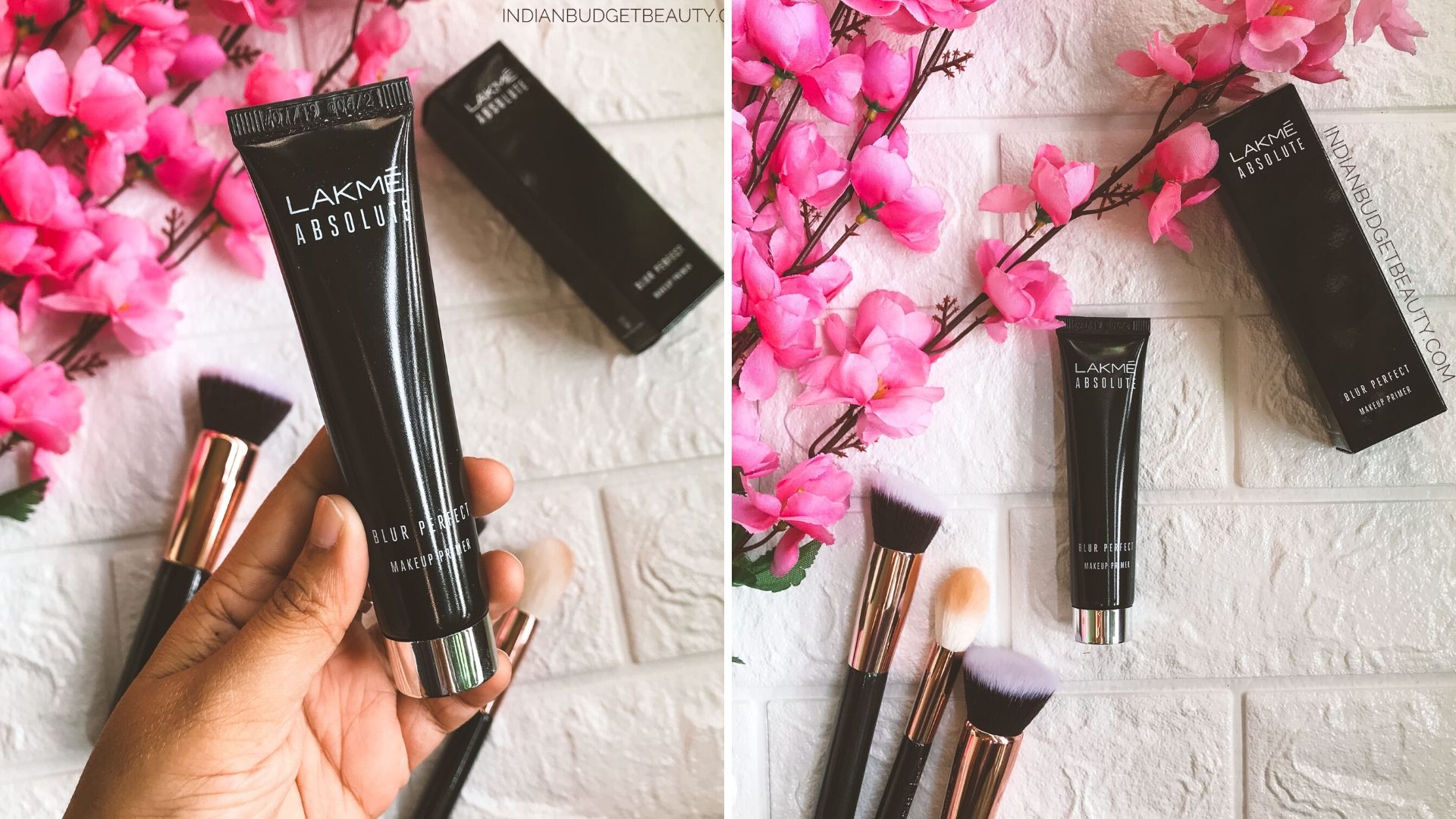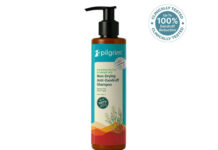With our life experiences in cooking, studying, or doing absolutely anything that requires presentation, we can conclude prepping for it makes for the most crucial stage. It’s something that decides how good your dish would turn out or how well your exam goes. It has the power to change the course of how well something turns out. It also shows you how invested you are in it. Similarly, in makeup, an important step is to prep. We can also agree there are many ways and forms of prepping your skin before makeup. How long your makeup stays, how well it blends, and how natural does it look etc.
A face primer, like its name, helps prime your face and make it ready for makeup. Since we’re in the 21st century, we had to modify these and make them multipurpose. For this very reason, now we have a variety of primers to choose from, starting with ones that mattify, fade fine lines and wrinkles, target acne, or brighten. The possibilities are endless. But picking the suitable primer for you isn’t. Once you start including it in your routine, it’ll be tough to steer away from it.
Pick a primer that addresses your needs. For example, there are primers with color corrector pigments that help reduce redness or pigmentation in the skin. Or ones with SPF, which help protect your skin while minimizing pore appearance. You can find primers in the form of a hyaluronic acid formula that locks moisture in skin or sunscreen to protect and minimize pore appearance or popularly in a silicone formula.
Primers blur the appearance of any skin imperfections before the foundation. Finding one that does most of it could get challenging. There are various finishes in primers.
Types of finishes in primers:
Mattifying Primer: If you have an oily skin type, this is an excellent option for you. It helps mattify the shiny t zones or cheeks. These are silicone-based.
Hydrating Primer: These have ingredients like hyaluronic acid and antioxidants, which act as moisture-locking agents. Avoid silicone-based primers if you have dry skin.
Colour-Correcting Primer is used to combat the pigmentation or undertones of the skin.
Blurring Primer: These primers are not about mattifying but about blurring fine lines, wrinkles, pores, or other blemishes.
Lakme Blur Primers
The Lakme primers are a game-changer in the Indian industry, specially designed for most Indian skin woes. A smooth mattifying texture with a lightweight formula, successfully evening out skin tone, and a perfect prep companion for your makeup routine. This formula has a pink tint to it, making it help even out pigmentation and help brighten skin up. Moreover, it quickly absorbs into skin on application without making it too oily for oily skin types.
Though it’s important to note that if it’s not hydrating enough for dry skin types, adding a moisturizer beforehand. That would be a good idea to effectively even out skin tone, minimizing pore appearance, and aids in foundation application.
When to apply a primer and how?
Unlike setting sprays, etc., primers are best used before you start your makeup and after your last step of makeup. A smooth and hydrating base will help better coverage whether you choose to apply foundation, concealer, bb creams, or leave it bare. It is best used with the fingers, as the warmth of the fingers helps with better absorption of the product onto the skin and makes it convenient.
Using a brush would move the product around. After application, ensure that you wait for a few minutes to absorb the product into the skin thoroughly. It would prevent it from looking too piled-up or cakey. The best way to apply the right amount would be to use it according to your skin type. For example, a dry skin type would absorb the product immediately. In contrast, an oily skin type should avoid a lot of product as it tends to sit on the surface, potentially ruining the makeup look.
Tips:
- If you hope to cover blemishes, wrinkles or fine lines, use the product on those areas particularly to even it out.
- When working with deeper complexions, make sure to use a more translucent kind of primer to avoid a cast. Those primers work well for oily, dry, combination or sensitive skin types.
Things to avoid:
The most common mistake made is when one applies makeup almost immediately after priming the face. Waiting for a few minutes before the application will help you avoid patchiness or a cakey look.
Commonly, people end up picking the wrong primers for their skin type. Primers often serve particular purposes. It’s about evaluating your skin, identifying the issues with it and choosing a primer addressing those. For example, a dry skin type should go for an illuminating to brightening primer. In contrast, an oily skin type could go for mattifying to control the oil secretion.







